Last year’s stacked lineup of games for the Game Awards had us thinking: What was the best year in gaming? As part of our series on determining gaming’s best year, we’re putting together an article on each year, charting the major releases and developments of the year, and talking about both their impact and what made them great.

The Year: 2010
In 2009 James Cameron’s Avatar hit theaters and over its interminable 34-month run in theaters it became the highest-grossing movie of all time. It was notable in part for its use of 3D, and moviegoers at the time were enthralled by the movie’s visual effects when seen in 3D at a movie theater. The success of Avatar, driven in part by the increased costs of 3D movies, would lead to a massive increase the number of 3D films released by movie studios in the following years. In 2008 there were eleven movies released in 3D, of which half were documentaries. In 2009 that number jumped to 24, and in 2010, it jumped again to 59. The trend would peak in 2012 and hold steady through 2016 before starting to die off. But in 2010, technology companies – Sony in particular – really wanted 3D to be the next big thing.
For most consumers, this was both too soon – they’d just bought their first HDTV – and was also a bit much. 3DTVs needed a lot more to make them work than standard TVs, requiring each viewer wear polarized 3D glasses which were both uncomfortable and inconvenient if you had more than one or two viewers. While Nintendo and Microsoft largely held back on 3D, Sony went all-in, putting out a Playstation 3D display TV designed for playing games in 3D (with glasses, of course). The system also supported an interesting feature called Simulview, which let two players with glasses view the same screen and see different images, letting you do full-screen split screen with no screen watching.
3DTVs faced a number of hurdles, the biggest of which was that people just didn’t care much for the technology. 3DTVs would stop seeing US production in 2017.
Motion Controls Take Off
What people were still excited about at the time were motion controls. The massive success of the Nintendo Wii and 2009’s Just Dance showed there was a massive market for both motion control games and more casual games in the space – particularly dance games. Both Microsoft and Sony would release their own motion control peripherals in 2010. One of them was a legitimate technical marvel which would ultimately hurt its manufacturer in the long run and the other was the PlayStation Move.
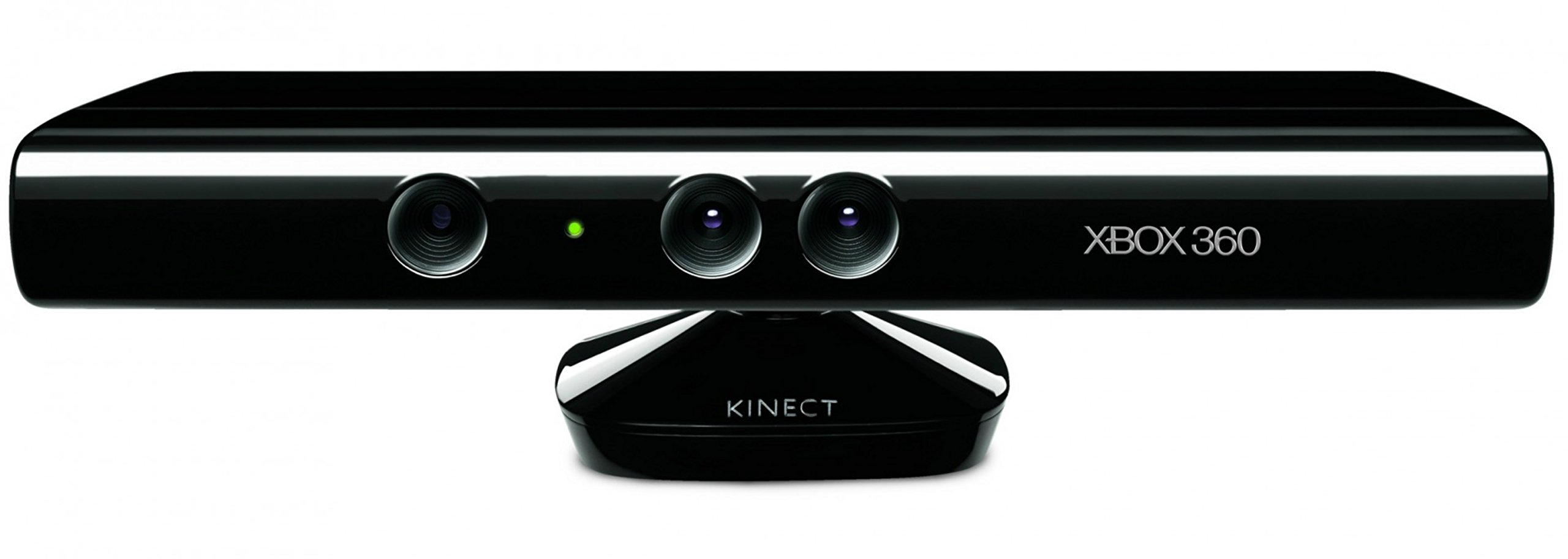
The Xbox Kinect
Originally developed under the name Project Natal, the Kinect launched in 2010 as a 3D camera add-on for the Xbox 360 with skeletal tracking and depth sensing. The Kinect allowed for fully tracking the body movements of multiple players, allowing for some genuinely impressive motion control games. The best of these by far was Dance Central, a dance game which took the simple motion tracking in Just Dance to its logical conclusion, rating players on matching full body motion to the beat.
As a piece of hardware the Kinect was genuinely impressive, but the space and lighting requirements for using it correctly could often make it more of a hassle than it was worth. There were some solid games for it, but as with the Wii, motion controls only take you so far and as cool as it is to swing a sword every time you want to attack, it gets old (and physically tiring) really fast. The Kinect was a success for Microsoft, selling pretty well in 2010 and 2011. The device would ultimately overstay its welcome in 2013, however.

PlayStation Move
Sony’s attempt at motion controls was far less ambitious, resulting in a wand controller called the PlayStation Move, released in the fall of 2010. A connected PlayStation Eye camera tracks the PS Move wand, which features a big glowing sphere on the end of it that’s used to track the wand’s location and distance. As a controller it was more accurate than the standard Wii remote, but had much less support. It wasn’t a bad controller per se, but it was an also-ran no one was really asking for – it wasn’t innovative enough to match the Kinect, and anyone looking for wand-based gaming already had the Wii.

Apple Releases the iPad
Three years after the release of the iPhone, Apple did for tablets what it did for phone with the launch of the iPad, a tablet computer with a large touch screen running iOS. The iPad was far from the first tablet – Apple’s own Newton MessagePad was released in 1993 – but the iPad was notable for not being tethered to a stylus and for having access to the same app library as the iPhone.
Although billed as a lot of things, Apple really wanted the iPad to be something that replaced laptops, and it was just not at all good enough to do that. The iPad eventually settled into a niche as a consumption device for media and casual games, for those moments where you don’t want a whole-ass laptop but you want a screen bigger than a phone. Similar to the iPhone, the iPad kicked off a wave of competing devices, and now tablets have become our first gaming devices – given to kids to play on and watch media on as a personal screen that’s a little more durable and replaceable than a laptop. The easy, touch-based navigation of a tablet makes them perfect for small hands which haven’t yet learned to read… and dangerously addictive to use. The iPad never became a serious gaming platform like the PC or consoles, but it’s become an extremely important one.

Warhammer Fantasy Battles Releases Its Eighth (and Final) Edition
Released in July 2010, the eighth edition of Warhammer dropped with the Island of Blood starter box, pitting Skaven against High Elves. Eighth edition Fantasy would run until 2015, when The End Times campaign would bring the setting to an end, replacing it with Age of Sigmar. Eighth edition is still highly regarded by a number of fantasy players, and served as a basis for Games Workshop’s revival of fantasy, The Old World (though TOW is far from a reskin of 8th).
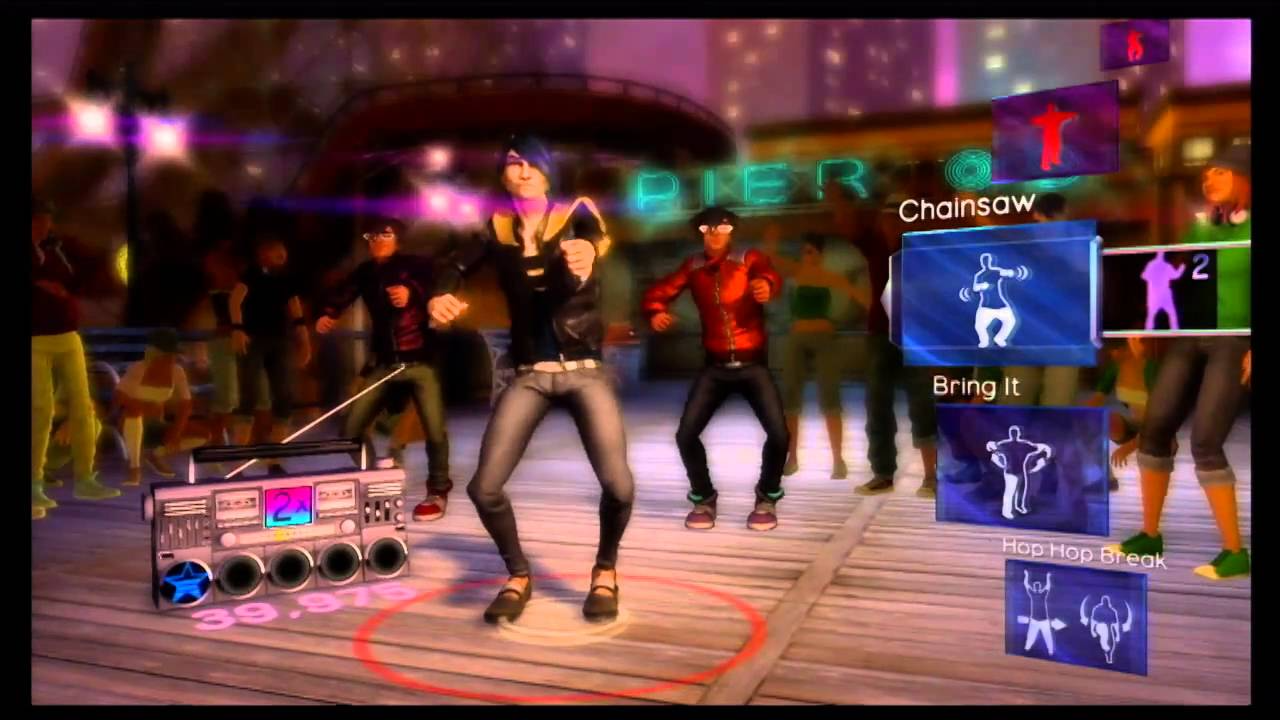
Dance Central
Just Dance was a massive hit for Ubisoft, sparking a resurgence of rhythm games in 2010 – Just Dance 2, DJ Hero 2, Rock Band 3, and Hatsune Miku: Project DIVA all dropped that year – but the most innovative of them was Harmonix’s Dance Central for the Xbox 360 Kinect. A dance game which used the Kinect to monitor your whole body, including arm and leg moves, Dance Central was the closest the genre game to delivering on its full premise that you too could pretend to be a backup dancer. It was solid fun and a decent workout without being quite as onerous to your downstairs neighbors as Dance Dance Central had been.

Mantic’s Kings of War
In 2008 former Games Workshop managing director Robbie Renton founded his own company, Mantic Games, and a year later he’d work with former GW designer Alessio Cavatore to launch the company’s first mass fantasy battles game, Kings of War. The game itself is a miniatures-agnostic rank-and-flank fantasy game (though it has its own minis now and some of them are pretty great), and has been regular competition for Warhammer Fantasy Battles for more than a decade now.
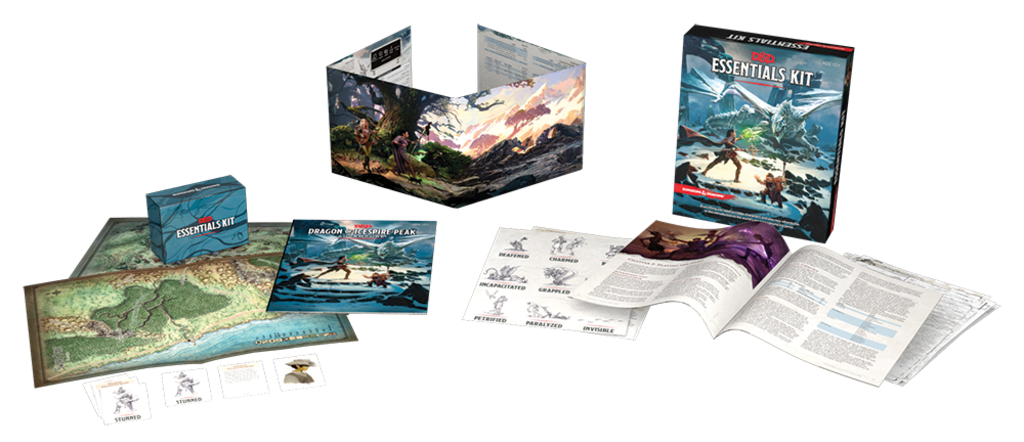
Dungeons & Dragons Essentials
Wizards of the Coast released D&D Essentials in 2010 as a way to curb the barrier of entry into D&D, giving players an updated version of the fourth edition rule set with streamlined rules and easier character creation. The rules also brought back some rules from older editions in an effort to appeal to holdout players who weren’t fans of fourth edition. It’s probably the company’s most solid introductory product, though it doesn’t quite have the full rules for the game.
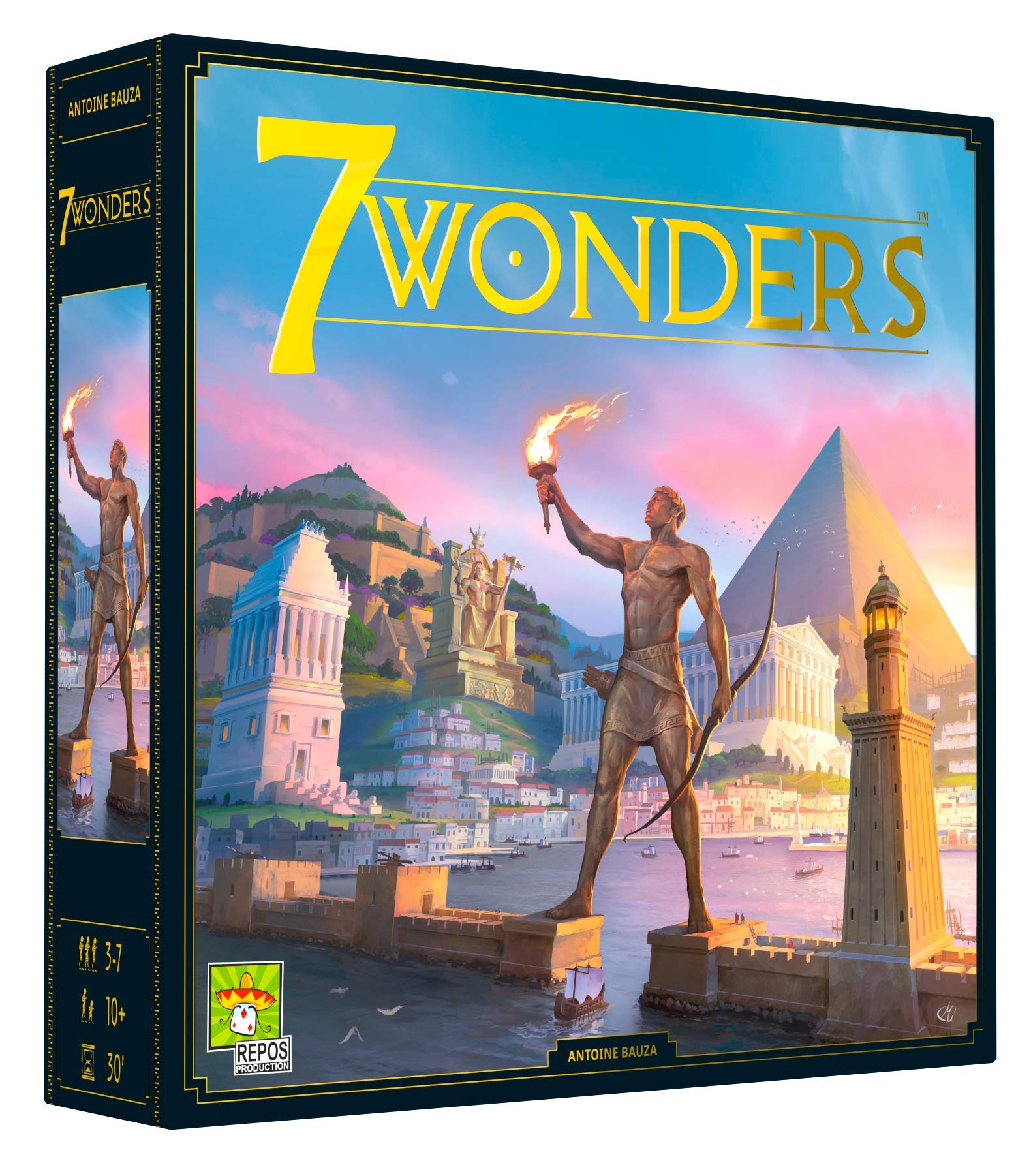
7 Wonders
The winner of the first Kennerspiel des Jahres in 2011, 7 Wonders is a bit like a deckbuilder board game version of Civilization. Players take the role of specific civilization working to build that civilization’s ancient wonder and use that wonder’s special abilities to dominate the ancient world, scoring points used to determine a winner at the end of the world. 7 Wonders is simple to learn but strategically deep, with some great card drafting mechanics. The game has won a ton of awards and they’re well deserved.
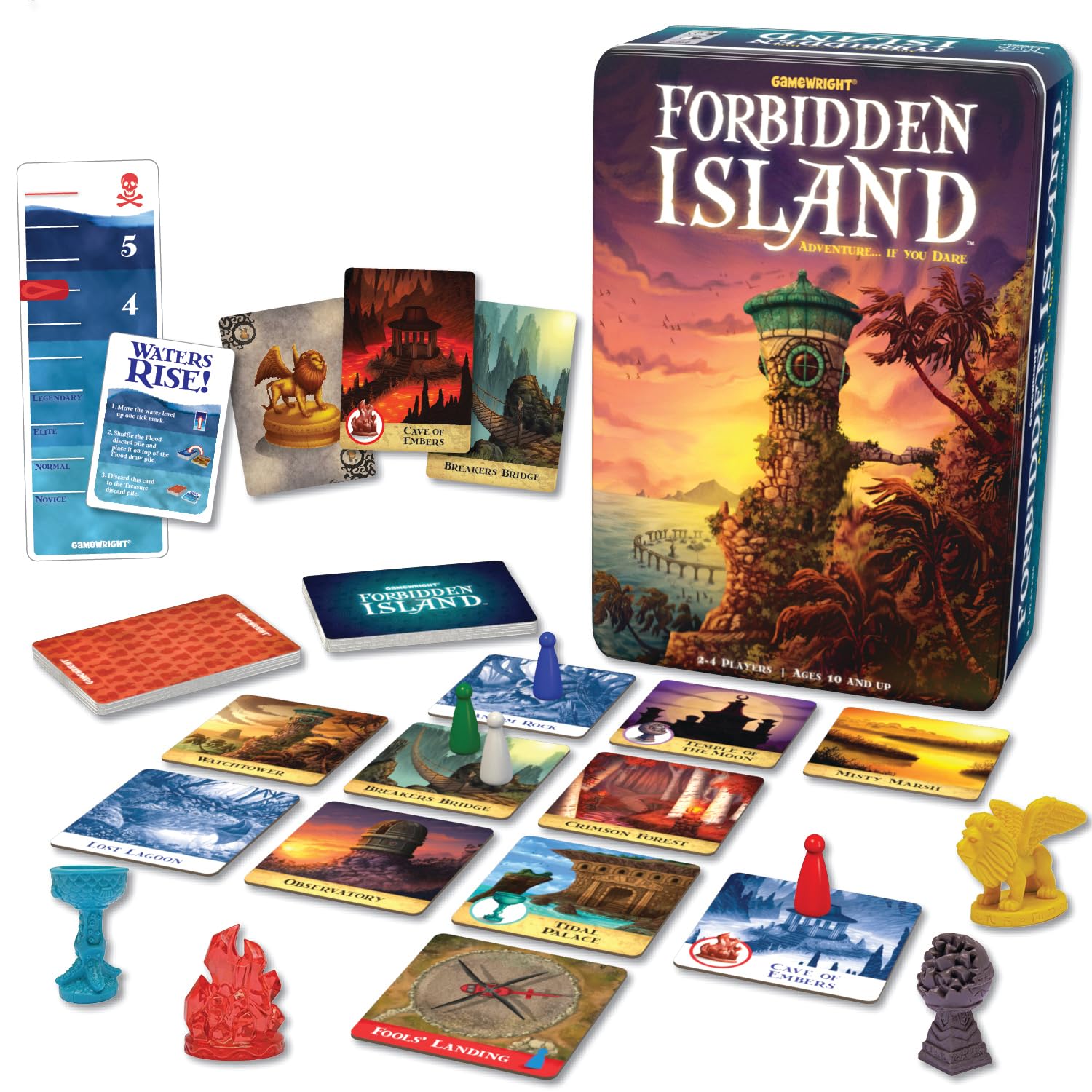
Forbidden Island
Matt Leacock’s 2010 cooperative board game Forbidden Island has players take on the role of adventurers attempting to loot as much treasure as possible from a rapidly sinking island. Each adventurer has different abilities and there are four treasures to snag and return to the helipad with. Players win by grabbing all the treasures and getting off the island. The game is great fun for all ages, and quick to set up and play.
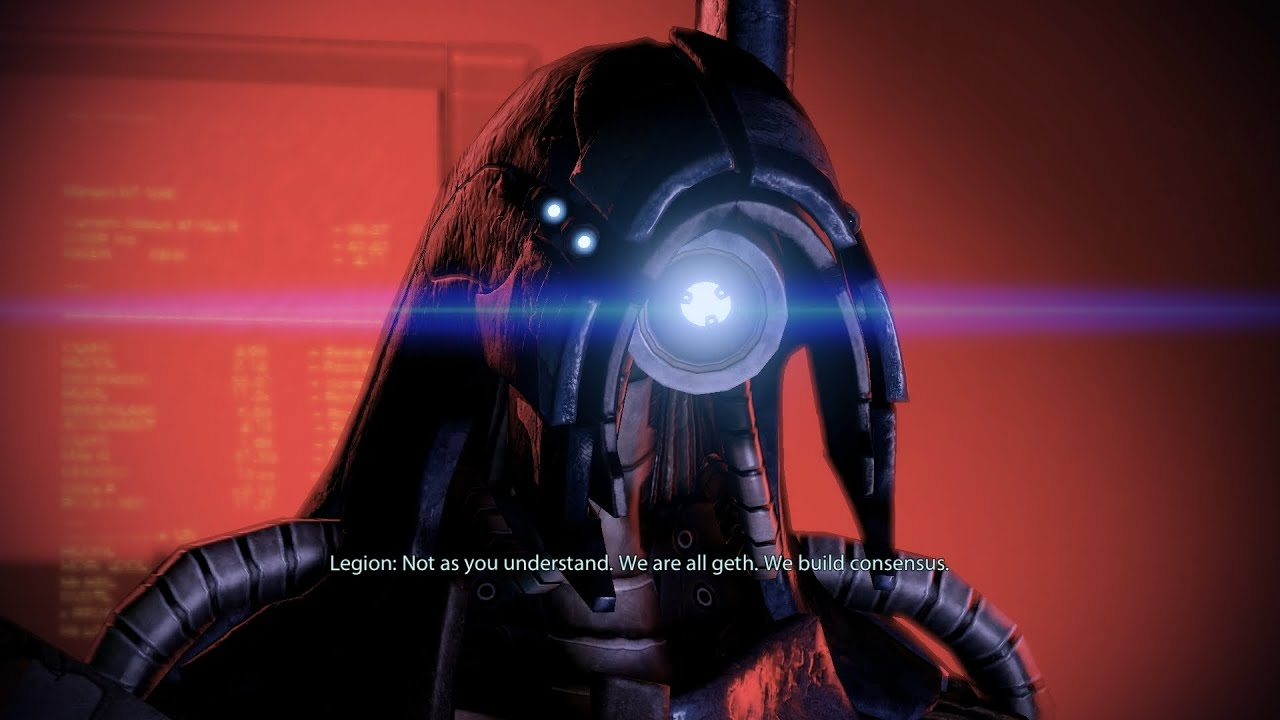
Mass Effect 2
The best game in the Mass Effect trilogy and one of the best games of all time, ME2 combines the game’s vibrant universe with the plot of the Dirty Dozen. ME2 updates the mechanics of the first game as well, giving the game a faster pace, more action-heavy feel. It has some of the best characterization in a game and a phenomenal script with interesting moral choices and varied outcomes. The entire process of recruiting a series of diverse characters from across the galaxy is incredible fun, and it’s in this second game in which the Mass Effect universe really opens up. While the first game had its charms, the cast of the second game, with returning characters Garrus and Tali joined by new series stand-outs Grunt, Legion, Thane, Jack, and Mordin, the game puts an all-timer party in your hands, and that’s before you consider the game’s incredible DLC. Mass Effect 2 is easily one of the best games of all time and a lot of the disappointment with the third game comes from failing the impossible task of living up to the experience it crafted.
Jonathan Bernhardt: Was going to blurb this but there’s nothing I can say here that I haven’t said elsewhere and at more appropriate length.

Super Mario Galaxy 2
Nintendo had created an amazing game with the original Super Mario Galaxy but clearly had a ton of ideas in the tank they hadn’t used, leading to a sequel a few years later. Super Mario Galaxy 2 loses some of the novelty of its predecessor but has tighter gameplay, better use of motion controls, and some really imaginative levels.
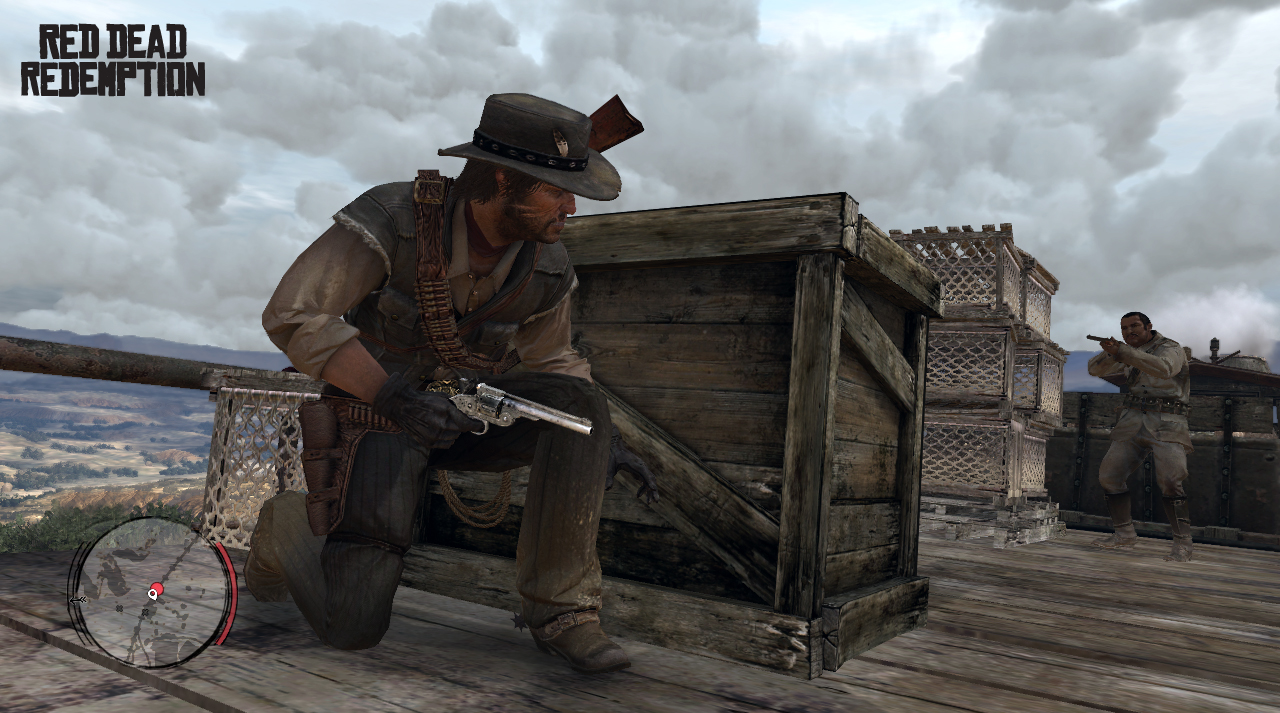
Red Dead Redemption
Rockstar really took their Red Dead series to the next level with 2010’s Red Dead Redemption, an action adventure game which follows outlaw John Matson on his quest for revenge in the game’s massive open world set in 1911 America. RDR was one of the most expensive games ever made on its release and it shows – the game was a visual masterpiece and featured a massive script inspired by some of the greatest westerns ever made. It’s one of the best games of its generation and one of the best games ever made.
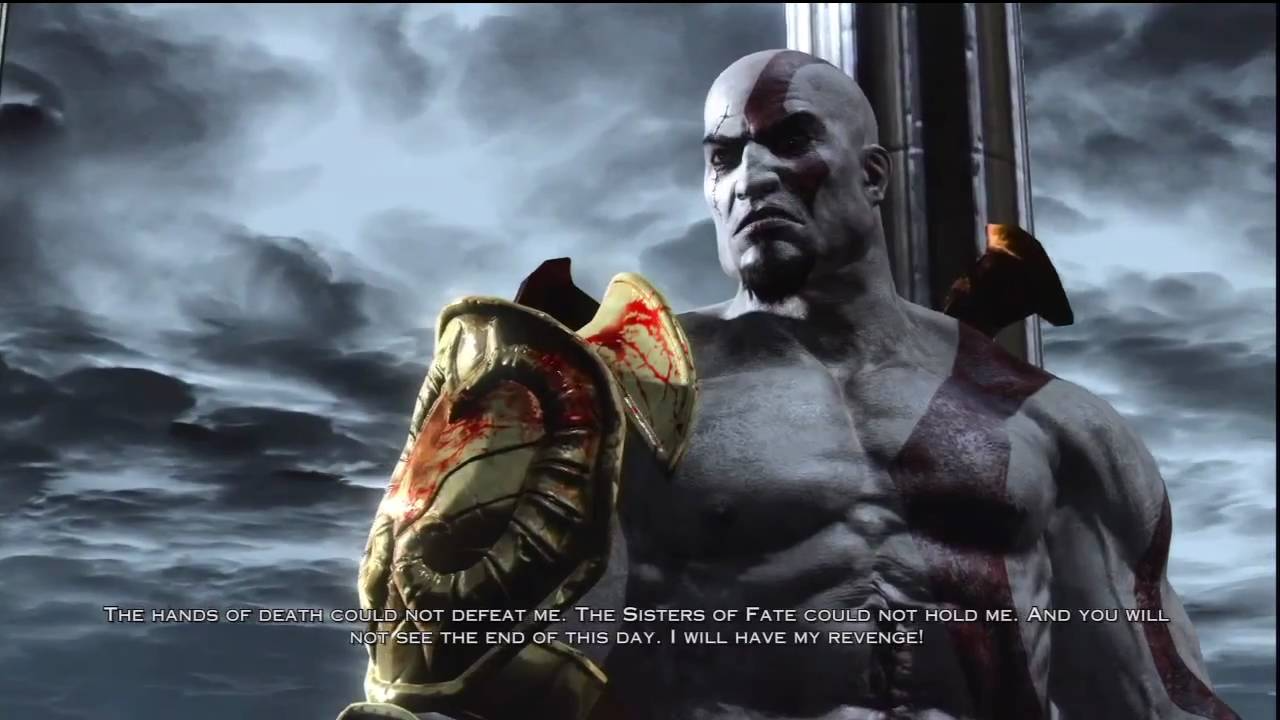
God of War III
Kratos made the jump to the PlayStation 3 for the third game in the original God of War trilogy. God of War III goes bigger than its predecessors ever could, dropping players into the middle of a massive battle between Olympus and the Titans. As a game GoW III is more expansive and somehow even edgier than its predecessor, capping off the trilogy on a fairly bleak and somewhat hokey note of hope. It’s not quite as good as its predecessor but it’s still a hell of a game and puts a fine cap on the series.
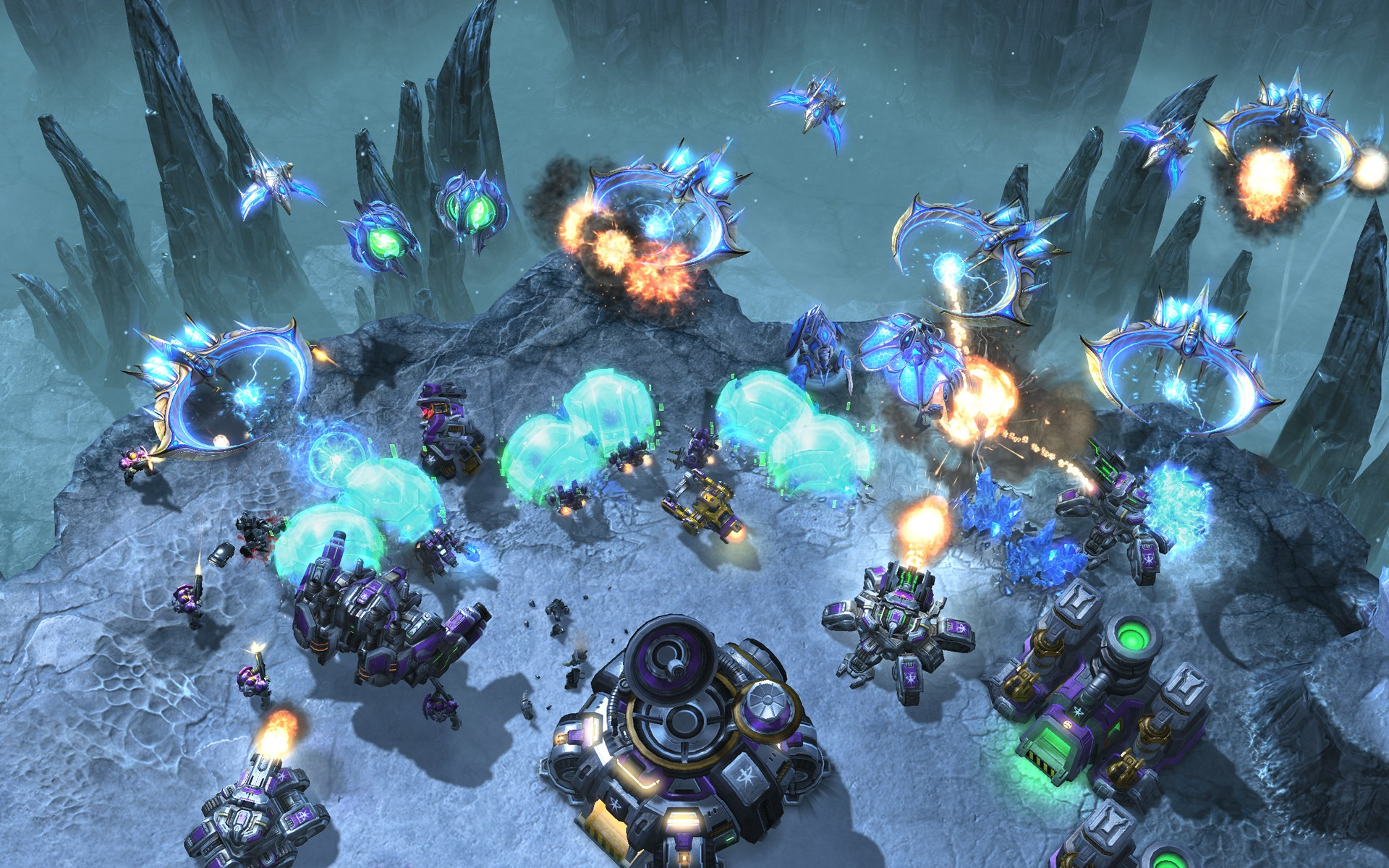
StarCraft 2
The biggest RTS in the world got a much-anticipated sequel 12 years later, once again giving us the ongoing war between the Terrans, Protoss, and Zerg. The game is a great update on the original, and a worthy replacement in esports leagues. It takes everything the original game did and refines it, giving us the best Real-Time Strategy game in years, with both solid single player and multiplayer campaigns.
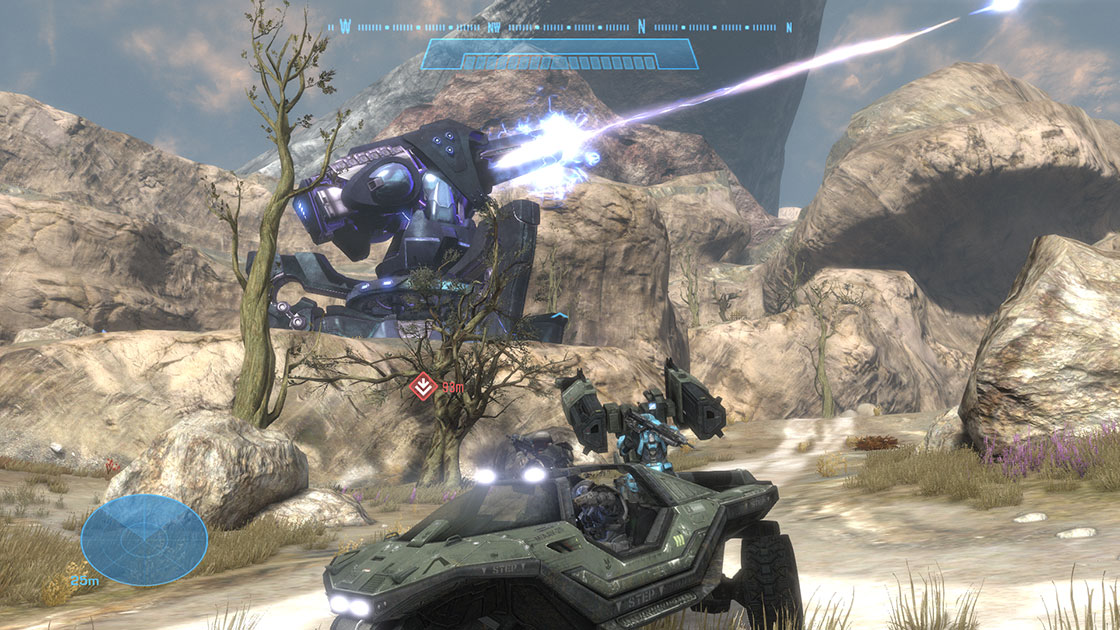
Halo: Reach
With Halo 3 putting a coda on the series, there was a question of where the series might go next. Halo: Reach offers some answer in the form or a prequel to the original game, following a group of Spartans during the fall of the human world of Reach to the Covenant. Halo: Reach is the best Halo game, making it one of the best games of all time. It has the best single-player campaign in the series and the same great multiplayer the series is known for.
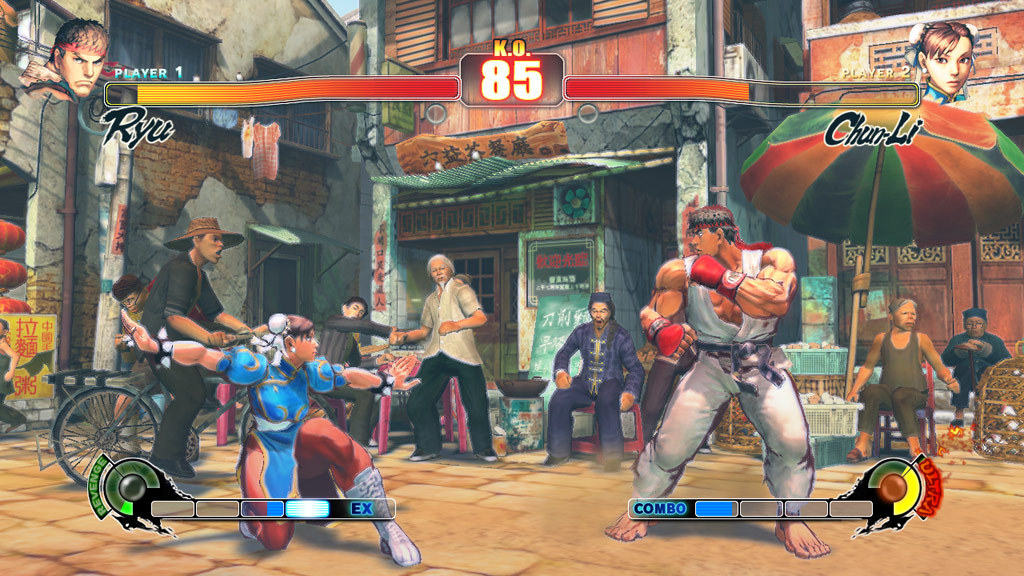
Super Street Fighter 4
Capcom had tried several times to make the jump to 3D with the Street Fighter franchise (though the EX series were largely regarded as mediocre), but they’d finally get it right with the release of Street Fighter 4 in 2010. In true Capcom fashion the game was set before Street Fighter III chronologically, and featured a host of new characters from around the world. It’s a tight, technical fighting game that still looks and feels like Street Fighter despite the move away from sprites.
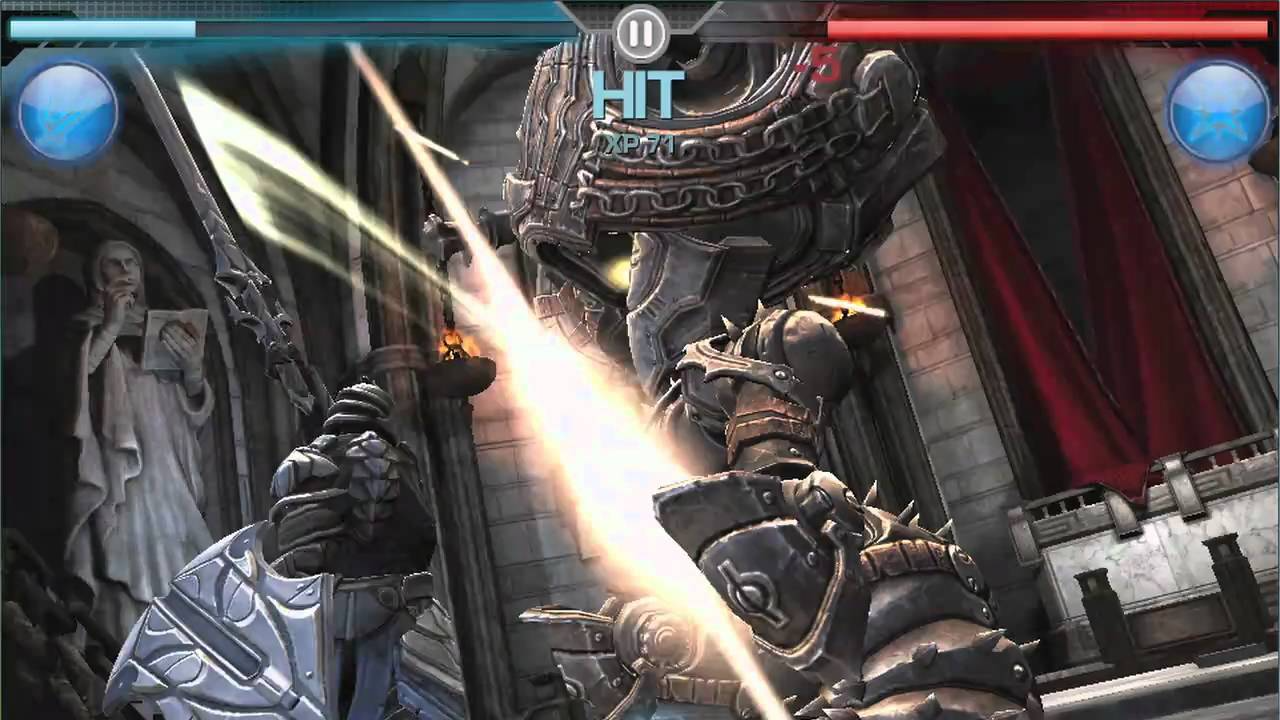
Infinity Blade
The first iOS game running on the Unreal Engine, Infinity Blade follows a brave knight and his descendants on their quest to kill the immortal God King. Each time you die, you take on the role of that character’s descendent, picking up a sword and doing it again. Infinity Blade was a hit but it’s more notable for how it changed the way people thought mobile and tablet games could look.
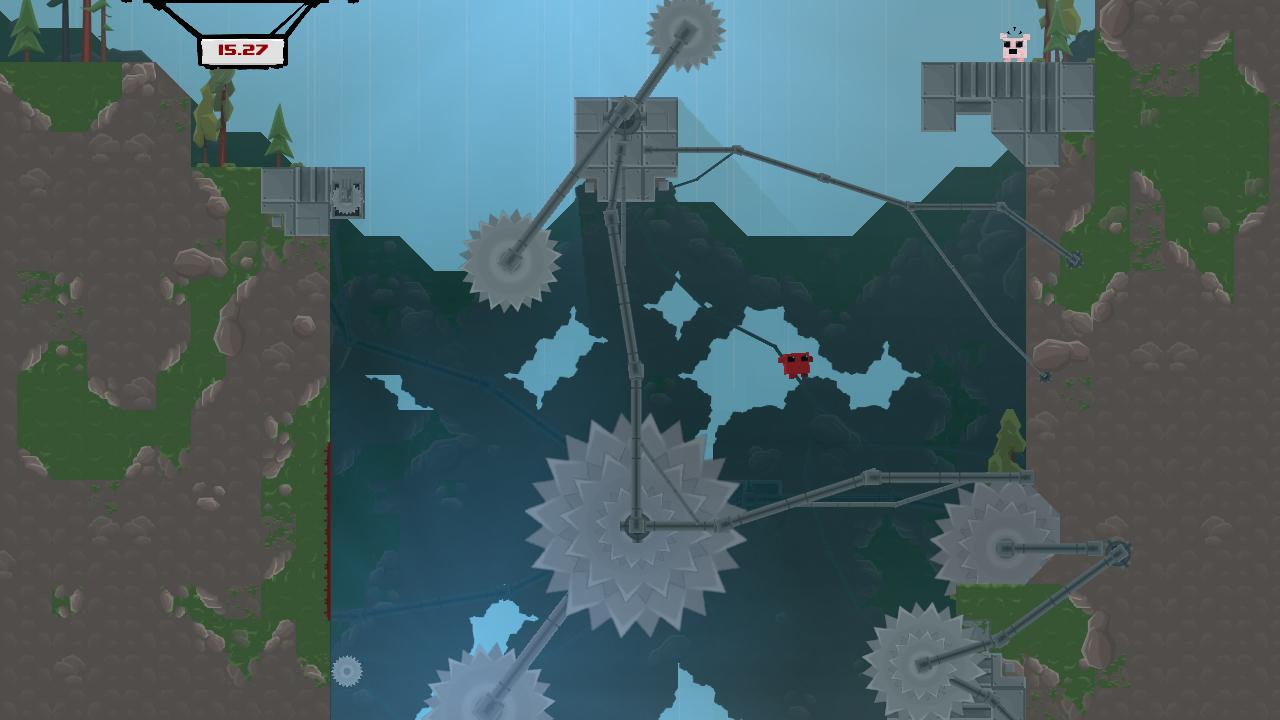
Super Meat Boy
This 2010 indie title from Edmund McMillen and Tommy Refenes refined the action and mechanics of their 2008 Flash game into something much more robust. It’s an incredibly difficult platformer that manages to thread the needle of providing challenge that’s visually daunting but always seems fair – The game’s most incredible achievement is that it keeps you playing and trying long after you would have otherwise given up on another game. It’s just that good. The game would go on to be a direct inspiration for a number of other great games, including Hollow Knight.

Alan Wake
Remedy Entertainment had already achieved success with the Max Payne franchise in the early aughts but took an ambitious next step in 2010 with the release of Alan Wake on the Xbox 360. A survival horror game where you take on the role of author Alan Wake as he attempts to rescue his wife from the dark forces attempting to use his writing to escape their watery prison. It’s a wonderfully atmospheric game with an inspired story which sets up a much, much larger connected universe between Remedy’s games.

Amnesia: The Dark Descent
Released for Windows in 2010, Amnesia: Dark Descent is regarded as one of the scariest horror games ever made. Players take on the role of an amnesiac scientist in the 1800s, exploring a castle infested with horrors which can kill you both physically and psychically by eroding your sanity – something which occurs at the mere sight of them. It’s a terrifying game and one of the best horror games ever made.
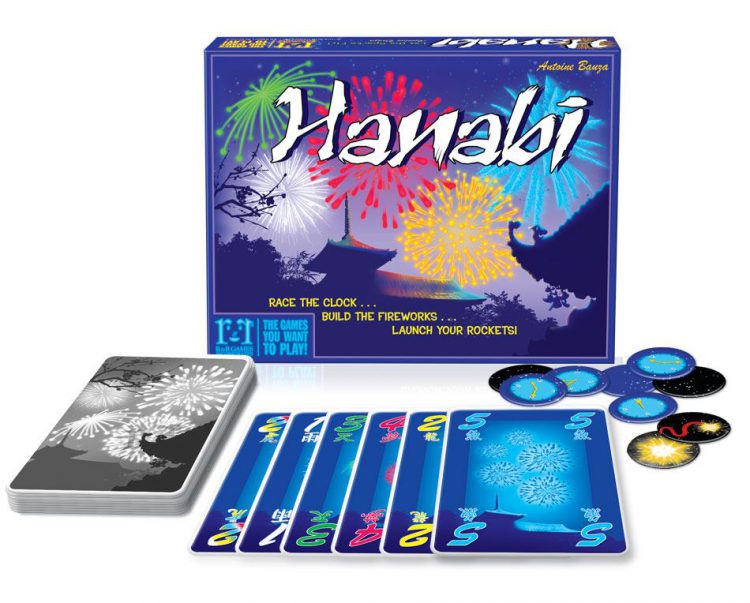
Hanabi
This excerpt was originally written for our Spiel des Jahres March Madness competition.
If you had to reach into a crate of fireworks without looking and pull something out you hoped would look fantastic up next in an explosive show, how do you think you’d do? Now, imagine that as a card game – sort of a strange concept, I get it. But Antoine Bauza ran with it and made the co-operative deduction game Hanabi.
The Hanabi deck consists of five colors of cards, each numbered 1 through 5. To successfully pull off a fireworks show with your fellow players, you must play cards into five piles by color, in ascending order. Sounds easy, right? But in Hanabi, all players must hold their hand of cards facing out, meaning you don’t know what your cards are from the get-go. Players work together to provide (limited) clues to each other and using that information, and what they can see in other players’ hands, play cards out to the “fireworks show” and hope for the best.
On your turn, you’ll take one of two actions. Play one of your cards to the table and hope that it’s the next in succession for that color, not messing up the show. Or, you give one clue, to one person, indicating either the color or the number on certain cards – that is, pointing at certain cards and saying “these cards are blue” or “these cards are threes.” As the game progresses, slowly the web of information at your disposal will coalesce and hopefully you won’t have to play cards without knowing at least a little context of what they could be.
Hanabi was a game that took my gaming groups by storm, and I certainly remember back to back games as we all worked at manipulating clues in the best ways we could to become successful fireworks masters. While its fellow SdJ nominees Qwixx & Augustus are certainly great games, they don’t come close to the unique flavour of Hanabi. There’s a lot of games that would be hard-pressed to show up the unique simplicity of Hanabi, to be honest – and I feel like that alone would make it a game that should shoot through these brackets.
Special thanks to Nicole Hoye of the Daily Worker Placement for contributing the Hanabi write-up.
Why It Was the Best Year in Gaming
2010 marks one of two peak years for the seventh console generations, and some of the best games that generation had to offer – Halo: Reach, Mass Effect 2, Red Dead Redemption, StarCraft 2, Amnesia: The Dark Descent, and God of War III are some all-time greats, and there were a ton of other games in that merit a mention as solid entries. BioShock 2, Gran Turismo 5, Alpha Protocol, Dead Rising 2, Splinter Cell: Conviction, and Civilization V. On top of that, 2010 has some very solid tablettop entries, with 7 Wonders, Fresco, Forbidden Island, Kings of War, and Warhammer Fantasy Battles’ 8th edition.
2010 is another year which belongs in the top 10 of our bracket, and includes a number of solid games which tried new things to varying effect. It’s arguably the strongest year of the seventh console generation, though 2009 and 2011 both put up strong arguments.
This article is part of a larger series on the best year in gaming. For more years, click this link. Have any questions or feedback? Drop us a note in the comments below or email us at contact@goonhammer.com.
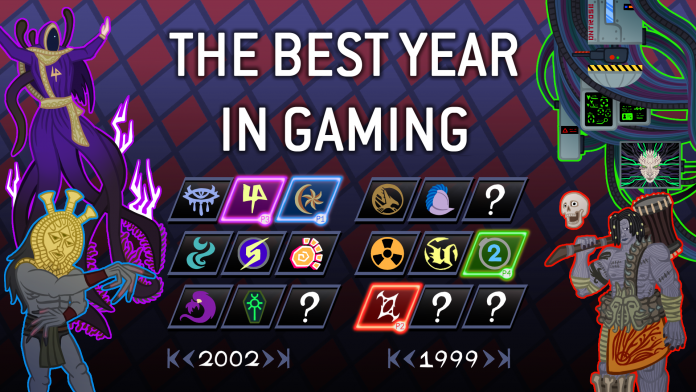


You must be logged in to post a comment.